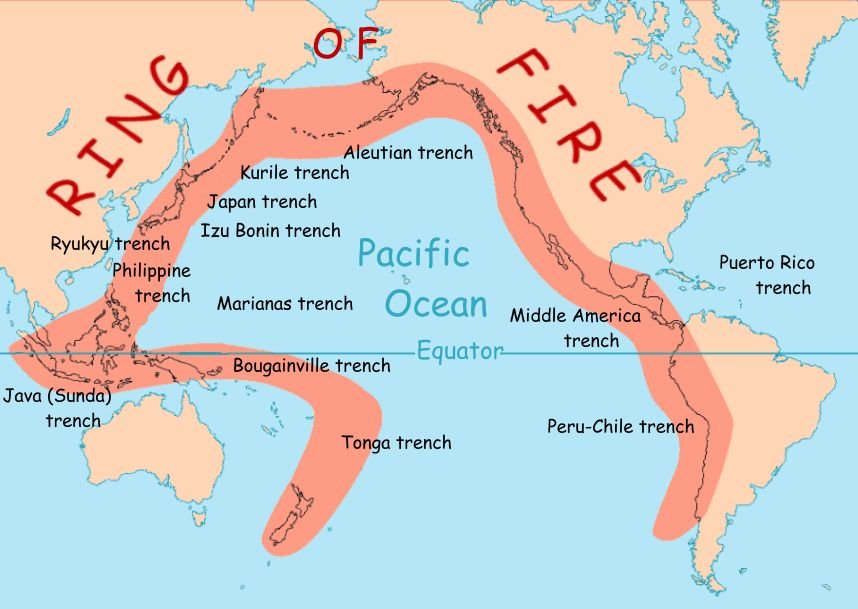Photo by Christian Heeb
In a world that's increasingly dominated by bright lights and bustling cities, finding a place where the night sky remains untainted by urban glow is a treasure beyond measure. Enter the Oregon Outback Dark Sky Sanctuary, a newly announced haven for astrophotographers, stargazers, and nature enthusiasts alike. Nestled in the heart of Oregon's remote landscape, this sanctuary promises an unparalleled celestial experience that beckons to those seeking a deeper connection with the cosmos. It is the largest dark sky sanctuary in the world.
Discovering Oregon's Celestial Gem
Imagine a place where the Milky Way arches across the sky in all its glory, where constellations twinkle with clarity, and where the cosmos unveils its secrets with each passing moment. This is the essence of the Oregon Outback Dark Sky Sanctuary, a sanctuary that promises to transport visitors to a realm of wonder and awe.
Located in the vast expanse of Oregon's high desert, the sanctuary boasts some of the darkest skies in the world, offering unparalleled opportunities for stargazing and astrophotography. Away from the glare of city lights, visitors can immerse themselves in the brilliance of constellations, planets, shooting stars, and celestial phenomena!
A Haven for Stargazers and Astrophotographers
For stargazers and astrophotographers, the Oregon Outback Dark Sky Sanctuary is a dream come true. With its pristine skies and minimal light pollution, capturing stunning images of the cosmos becomes effortless. Whether you're a seasoned astrophotographer or a novice astronomer, the sanctuary's dark skies provide an ideal canvas for celestial exploration.
Embracing Nature's Majesty
Beyond its celestial wonders, the Oregon Outback Dark Sky Sanctuary invites visitors to immerse themselves in the raw beauty of the natural world. Surrounded by rugged landscapes, towering mountains, and pristine wilderness, the sanctuary offers endless opportunities for outdoor adventure and exploration.
Hiking, camping, and wildlife spotting are just a few of the activities that await intrepid travelers. Whether you're embarking on a moonlit hike through the desert or camping beneath a blanket of stars, the sanctuary provides for those seeking solace in nature's embrace.
The Importance of Dark Skies for Bird Migration and Nighttime Pollinators
About 80% of all migratory birds travel along their migratory path at night, using the moon and stars to help them navigate throughout their long journeys. A major disruption to safe bird migration is artificial light at night. The artificial can disorient birds, pulling them from their migratory routes and causing collisions and fatalities. By continuing to preserve and protect our dark skies, we can help birds along on their migratory journeys that can often span thousands of miles.
Nighttime pollinators are also impacted in a negative way by too much artificial light at night in a two-fold way. The first reason why artificial light negatively impacts nocturnal pollinators is because many insects, such as moths, are drawn toward that light and instead of spending time pollinating they spend more time entranced by that artificial glow. The other reason has to do with the disruption of the circadian rhythm of various insects. This disruption also negatively impacts insect’s nighttime pollinating habits.
Embark on a Journey of Cosmic Discovery
In a world filled with distractions and noise, the Oregon Outback Dark Sky Sanctuary stands as a beacon of tranquility and wonder. Here, amidst the vast expanse of the high desert, visitors can reconnect with nature, explore the mysteries of the cosmos, and forge memories that will last a lifetime.
Whether you're an avid stargazer, an amateur astronomer, or simply someone who craves the serenity of the natural world, the sanctuary offers an unparalleled opportunity to experience the universe in all its splendor. So pack your bags, leave the city lights behind, and embark on a journey of cosmic discovery in the Oregon Outback Dark Sky Sanctuary.



